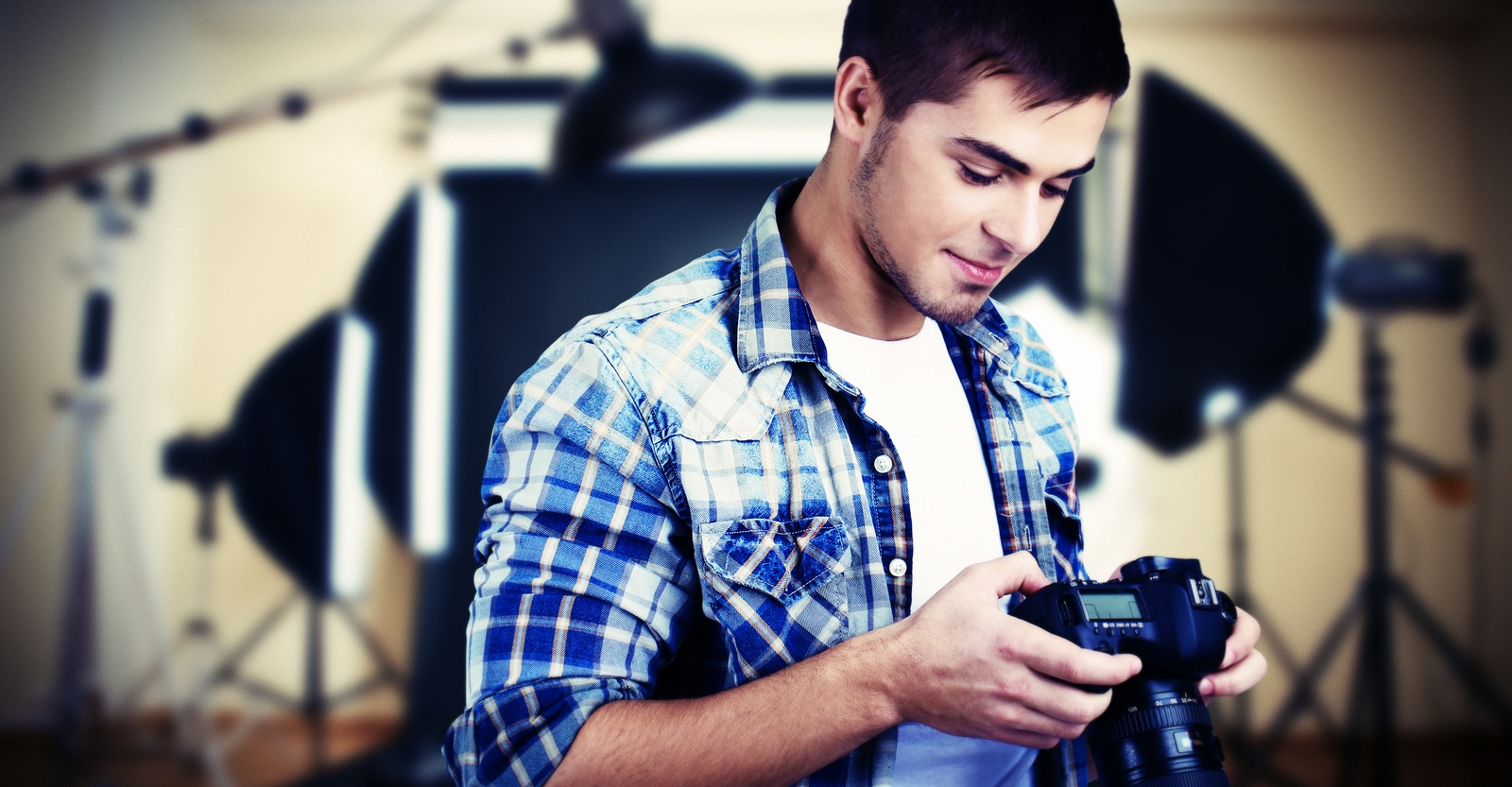Most photography tutorials have tips on one particular subject.
This time you’re getting it all in one place – and I have to say this is great advice. This article over at Digital Camera World explains the most common mistakes photographers make when taking a picture, and gives you simple tips on how you can correct them.
Viewfinder
Many cameras have the facility to adjust the viewfinder sharpness using a feature called dioptre adjustment. Adjust this to ensure you can see the readout and focus screen in the viewfinder clearly.Avoid minimum aperture setting
Although its tempting to think that apertures will produce sharper results as they get smaller, this isn’t always the case. Lenses produce softer results at apertures such as f/22 than at f/8 or f/11, so you should avoid using very small apertures unless you absolutely have to.Highlight warning
Setting the image review display to flash a warning for overexposed highlights is a quick way to check exposure.Shoot low-key
Low-key images mostly contain dark tones, but to correctly expose this type of subject you need to reduce the exposure. To get a really dark low-key image, set the exposure compensation to -2.Don’t ignore cloudy days
The sun doesn’t have to be shining for you to get great shots. Cloudy days are great for portraits, macro and even details in the landscape, such as waterfalls. So don’t wait for the sun: shoot more on cloudy days.Use flash exposure compensation
Like any automatic exposure, using your flash on auto wont always give the right exposure. Try using -1 or -2 flash exposure compensation to reduce the flash exposure, or a + value to increase it.Odd numbers
Generally, odd numbers of objects give a more balanced composition than even numbers. So if at all possible, try to arrange your shot to include an odd number of elements.Combine two or more rules
You’ll often be able to create more interesting compositions and add depth to your shots by using two or more of the composition rules together, rather than using just one in isolation. For example, you could have a go at positioning the main subject using the rule of thirds, then go on to look for leading lines, foreground interest or natural frames to use as well.Angle your camera for greatest impact
Shooting at an angle can make your shots look more dynamic than keeping the camera level.
Read the full article over at Digital Camera World.
Source: Digital Camera World

